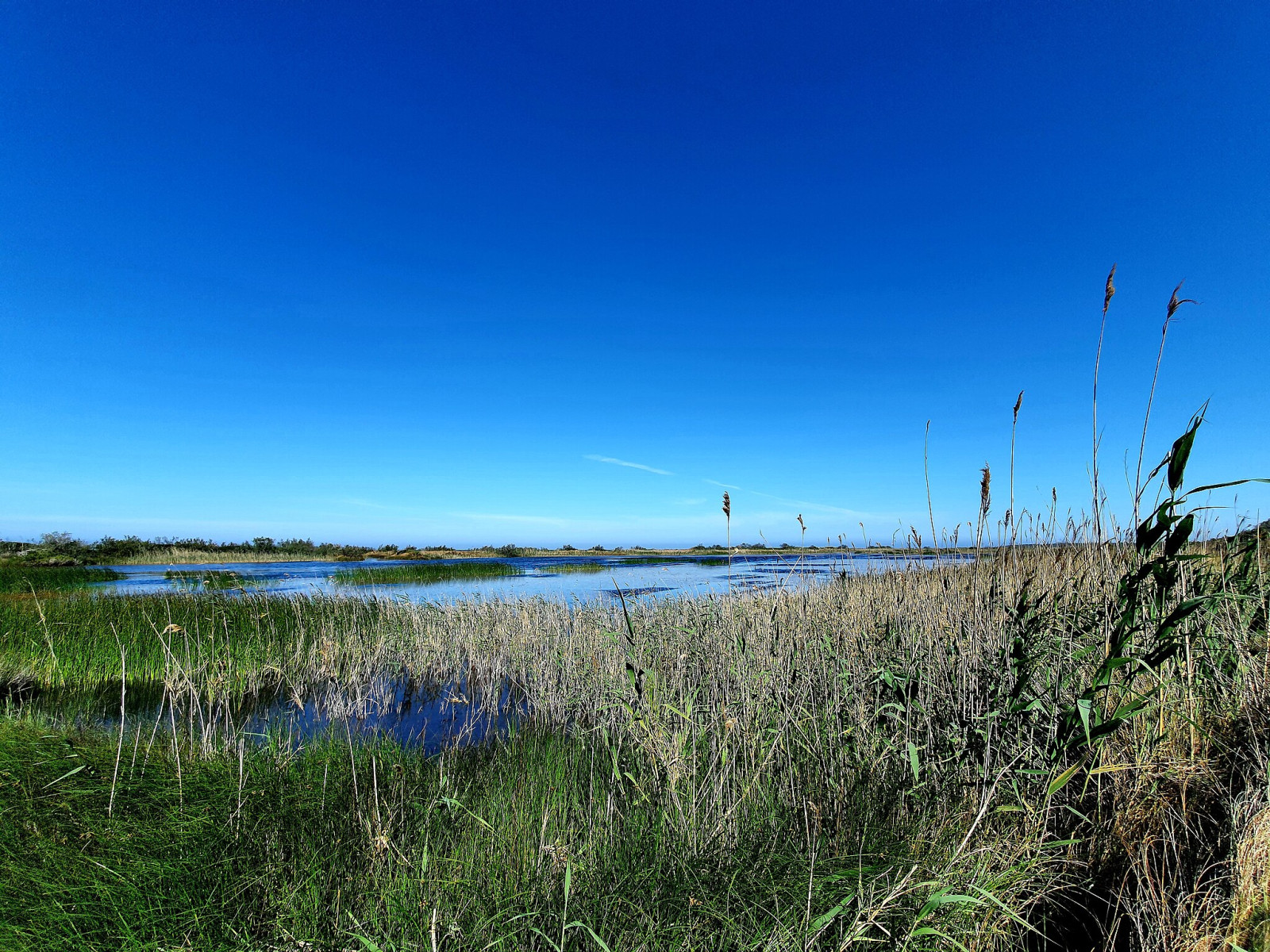Descrizione
National Nature Reserve Le Cesine comprises sand dunes, marshy areas, canals, mixed woodlands and Mediterranean maquis. WWF Oasis Le Cesine is located on one of the main migratory routes and offers resting and breeding sites for many species of birds. Le Cesine extends for 380 hectares. A largely sandy coast extending for 6 Km with small pebbly and reef stretches. Among the sandy banks, besides seagulls and many sandpipers it is also easy to observe Beccaccia di mare. Vegetation in the forest areas consist mainly of Aleppo pines, holm oaks and the Mediterranean cypress; eucalyptus trees can be found bordering the footpaths. The farmland of the nature reserve is important for Cavaliere d'Italia, Mignattaio, Cicogna bianca and Gru that find food here. During the winter months the ponds are visited by Moriglione, Codone, Volpoca and Folaga.
Note that you can only enter the reserve with a guide from the WWF. You can book in advance, see weblink or mailadress below.
_________________________
Italiano: Ultimo tratto superstite delle vaste paludi costiere che un tempo caratterizzavano il litorale da Brindisi ad Otranto. Il paesaggio de Le Cesine è costituito da dune, area palustre, canali di bonifica, bosco misto e macchia mediterranea. L'Oasi si trova all'interno di un Sito d'Importanza Comunitaria (SIC IT9150032) nel Comune di Vernole (Le). E' anche una Zona di Protezione Speciale (ZPS IT9150014). L'Oasi, di 380 ettari, è un ambiente umido tra i più conservati e importanti dell'Italia meridionale, ultimo superstite della vasta zona paludosa e boscosa che si estendeva da Brindisi ad Otranto. L' Oasi WWF Le Cesine si trova lungo una delle principali rotte migratorie e ospita numerosissimi uccelli acquatici. L'estensione della Riserva naturale Le Cesine è di 380 ettari.
Dettagli
Accesso
From Lecce: from the ring road exit 8B coastal continue to San Cataldo, at the intersection with traffic light turn right (direction Otranto) about 2.8Km turn left at the indication Masseria Le Cesine. Main entrance: Masseria Cesine, SP San Cataldo – San Foca, 73029 Vernole (LE). The nature reserve is equipped with a visitor centre and there are five nature trails (one of which accessible to people with disabilities), observation towers and hide-outs, and a bird ringing station. Visits on advance booking on weekends and public holidays according to the following timetable: From October 1st to May 31st tours start at 10:30 am. From June 1st to September 30th tours start at 4:30 pm. For more info: e-mail: lecesine@wwf.it
_________________________
Italiano: La Riserva Naturale dello Stato Oasi WWF Le Cesine è visitabile tutto l'anno. Le visite guidate si svolgono la domenica e i giorni festivi; dal 1 ottobre al 31 maggio partenza alle 10:30. dal 1 giugno al 30 settembre partenza alle 16:30. Ingresso Oasi SP San Cataldo - San Foca, Masseria Cesine, 73029 Vernole (Le).
Terreno e habitat
Foresta , Spiaggia , Velme , Prateria/pascolo , Mare , Dune , Alberi e cespugli sparsiCaratteristiche dell’area
Paesaggio apertoPercorso ad anello
SiÈ utile un cannocchiale?
Può essere utileBuona stagione per il BW
Tutto l'annoMiglior periodo per visitare
Primavera , Migrazione autunnale , Migrazione primaverilePercorso
Sentiero ampioGrado di difficoltà del percorso a piedi
FacileModalità di accesso
A piediCapanno/torretta di osservazione
SiInformazioni aggiuntive
Photo Le Cesine from above by Raffaele Martano, CC BY-SA 4.0 <https://creativecommons.org/licenses/by-sa/4.0.
Photo reedbeds Le Cesine by Fabio Orondini, CC BY-SA 4.0, https://creativecommons.org/licenses/by-sa/4.0.
Photo wooden walkway Le Cesine by Antonio Piccinno, CC BY-SA 3.0, https://creativecommons.org/licenses/by-sa/3.0.




